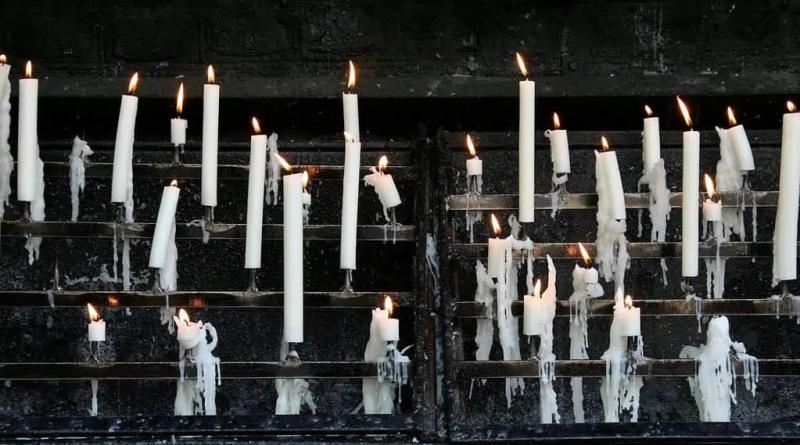Over 1 billion people believe in witchcraft — especially in places with weak institutions

The real figure could be much higher.
Many people around the world have irrational beliefs. Some are religious, some are superstitions, and some are just things we tell ourselves or cling onto for no particular reason. A new study analyzed one such irrational belief (belief in witchcraft) and found that strikingly, a large number of participants in some countries believe in witchcraft. For instance, over half of the people in Russia and 90% in Tunisia share these beliefs.
The evil eye
Witchcraft comes in many forms in myth and culture, but it is typically defined as the ability to cause people harm via supernatural means. Witches can cast spells and curses on people and cause bad things to happen to them, and generally use “black” magic.
Beliefs in witchcraft have been documented for centuries, and still show up in modern times, but remarkably, there have been few studies on the prevalence of such beliefs — largely due to the scarcity of data on this topic. To address this, Boris Gershman of the American University in Washington compiled the largest available dataset of surveys on witchcraft, featuring 140,000 people from 95 countries and territories.
The dataset is still very small for a global study, but it’s the best available information. The data was gathered between 2008 and 2017 during research carried out by the Pew Research Center and other professional survey organizations that included questions on religion and belief in supernatural elements.
The study found that over 40% of the surveyed people said that they believe “certain people can cast curses or spells that cause bad things to happen to someone.” This means that at least 1 billion share beliefs in witchcraft, but because there were many countries not included in the study, the real number could be several times higher. For instance, there was n
The prevalence varied greatly, from over 90% in some parts of Africa, to 9% in Sweden. Overall, the prevalence in surveyed countries averaged at 43%.
From this dataset, Gershman then looked at factors that may be associated with beliefs in witchcraft. He found that on average, people with higher education and economic security are less likely to believe in witchcraft. There were also cultural and social factors that correlated with witchcraft. For instance, conformist cultures with weak institutions and low levels of social trust were also linked to higher beliefs in witchcraft.
The authors say these beliefs should be considered for policymaking and other social initiatives.
“The study documents that witchcraft beliefs are still widespread around the world. Moreover, their prevalence is systematically related to a number of cultural, institutional, psychological, and socioeconomic characteristics,” the study concludes.
Journal Reference: Gershman B (2022) Witchcraft beliefs around the world: An exploratory analysis. PLoS ONE 17(11): e0276872. https://doi.org/10.1371/journal.pone.0276872
cover photo: Image credits: Bee Felten-Leidel.





